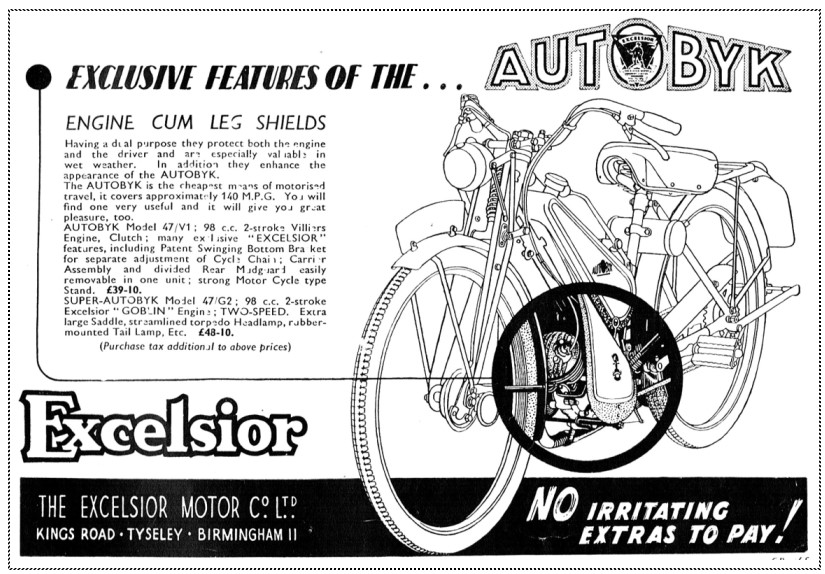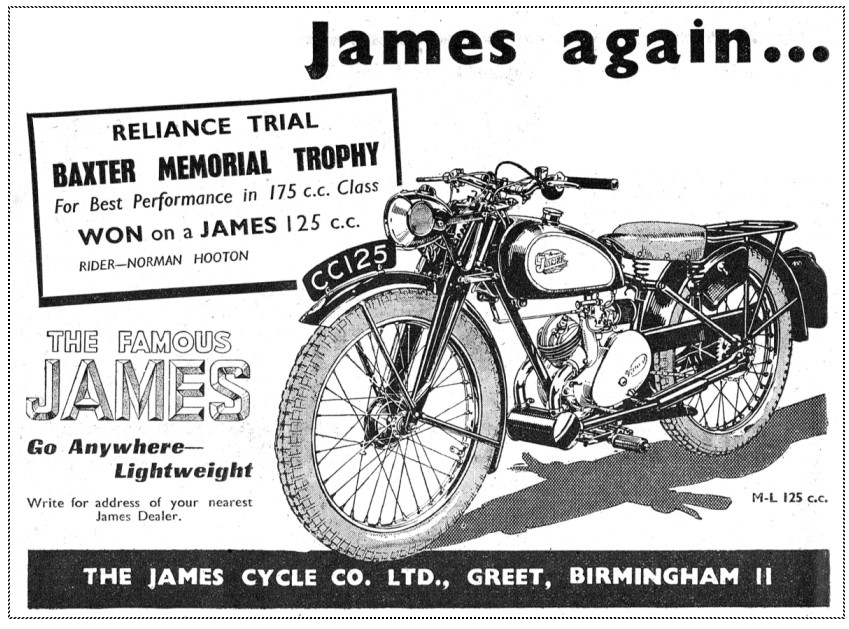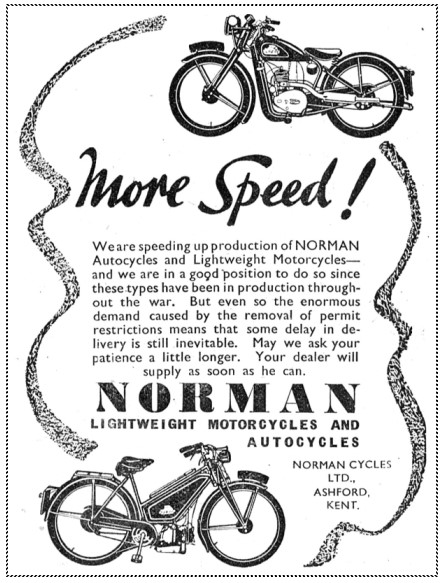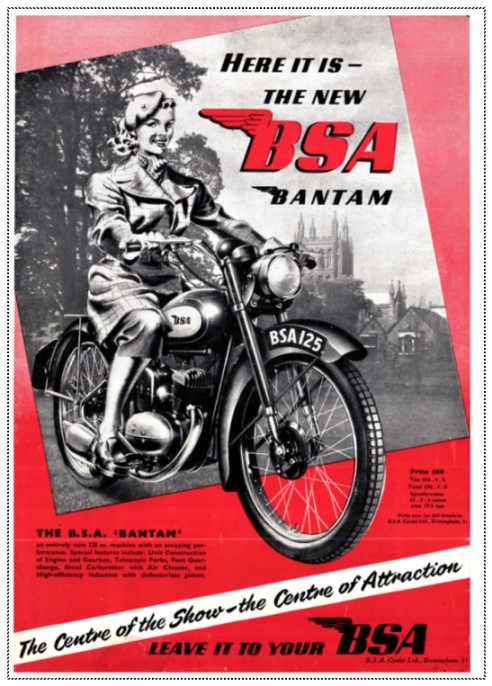
The Excelsior Autobyk was a popular choice for petrol starved commuters.
Immediately after the end of World War Two Britain was broke but victorious, and looking forward to the end of petrol rationing in particular.
Pending the re-establishment of international trade supply lines many food items, raw materials and commodities were still subject to rationing.
Furthermore the government was most anxious to encourage exports and even restricted sales of certain products to the home market until export orders had been fulfilled.
This website and blog is about motorcycling so it’s interesting to consider what effect the post WWII shortages had on the motor cycle industry and the motorcyclists themselves.
Petrol Rationing
Petrol rationing was implemented in various countries during and after World War II due to the scarcity of fuel resources. The specific allowances for motorists varied from country to country and even changed over time based on the prevailing conditions. Below are the UK allowances from 1945 to 1950.
In the United Kingdom, petrol allowances for motorists were typically measured in coupons rather than gallons. However, the information on the coupon allocations during the specified period was as follows:
1945: After World War II, the petrol rationing system was in place, and motorists were initially allocated 200 miles per month. The number of coupons required for this allocation varied based on the type of vehicle and engine capacity.
1947: In March 1947, the monthly allowance was increased to 240 miles for private cars.
1949: In October 1949, the rationing system changed, and instead of mileage allowances, motorists were allocated a specific number of coupons based on their vehicle’s engine capacity. The allocation was as follows:
Engine capacity determined your coupon allowance.
Coupons were notionally worth between 200 and 240 miles per month of motoring.
up to 1000cc: 8 coupons per month.
between 1000cc and 1500cc: 6 coupons per month.
above 1500cc: 4 coupons per month.)
1950: Petrol rationing officially ended in the UK in May 1950, and motorists were no longer required to use petrol coupons.
Please note that the precise petrol rationing allowances could vary based on the specific regulations in place and the type of vehicle during the mentioned period.
A search in the database with lightweight as a keyword will reveal more examples of fuel efficient commuter machines.
The magazines of the period were full of articles and letters about making the most of the allowances, plus road tests of the many economical lightweights hitting the market.
Don’t imagine that shortage of fuel spelt the end of touring or the demise of the larger machines. Many motorcyclists came up with ingenious ways to eke out their allowances and continue touring or keeping on their bigger bikes.
It was an interesting time and I would recommend you try and find some magazines from the period to get a flavour how bikers then were just as dedicated as the bikers of today.
Finally, here are a few ads from the period, featuring small capacity two-stroke engines such as the Villiers.

James Lightweight Two-Strokes

Norman motorcycles specialised in economical two-stroke machines.
and finally! We can’t go without introducing the ubiquitous BSA Bantam.

Everyone’s favourite, the BSA Bantam
